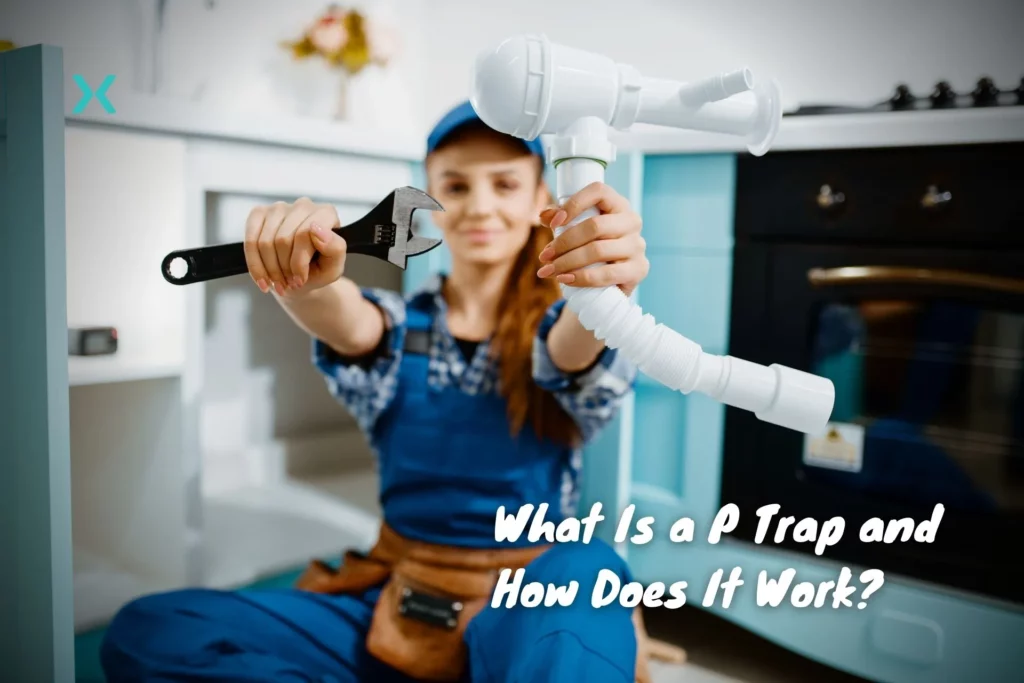💧 What Is a P Trap?
A P Trap is a U-shaped bend or “P” shaped plumbing pipe commonly used in residential and commercial plumbing systems that stop sewer gases from leaking back into a building. This simple device connects sinks, drains and toilets to the drain pipe that’s connected to the municipal sewer system.
The P section is designed to hold a small amount of water which acts as a pressurized barrier to prevent the escape of sewer gases. Water flows into the p trap it pushes gases back into the sewer system.
This is essential to ensure the smell from your sewer system doesn’t stink up your home. The p trap also collects small debris in the waste pipe that might cause a clogged drain.
These can be made from various materials but are generally either PVC or stainless steel.
Table of Contents
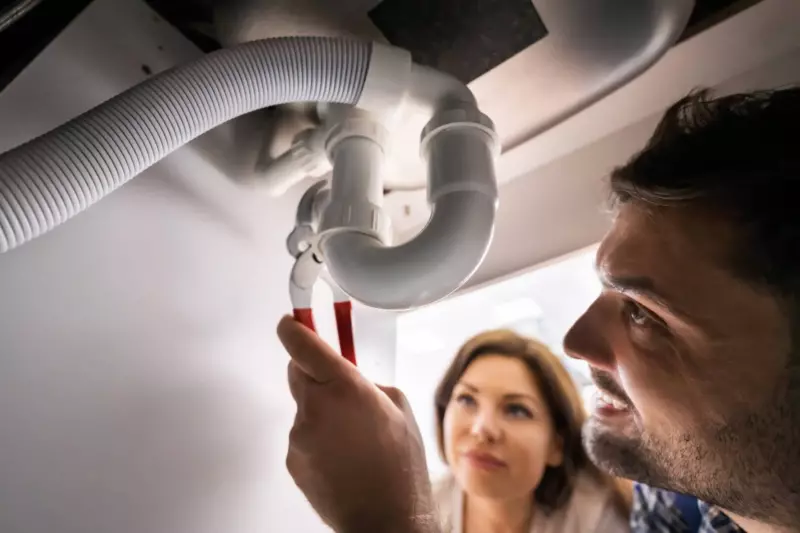
💧 What Does a P Trap Do?
The P trap does exactly what the name means.
It acts as a trap for methane gases that want to come into your home, and it acts as a trap for items you don’t want in your plumbing system.
P traps can help with the following:
🔧 It Traps Debris and Helps Clear Clogs
P Traps help capture a range of items you don’t want in your plumbing system.
It works by capturing these locally before they become a bigger problem in a pipe that’s not easily accessible.
🔧 Captures Valuable Items Dropped Down the Drain
P traps help homeowners quickly recover items such as diamond rings that might get accidentally dropped down the drain.
You know why this is important if you have a wife with expensive jewelry!
🔧 Stops the Stink!
As noted above, P traps stop all those smelly sewer gases from infiltrating your home or bathroom.
Sewer gases such as methane, sulfur dioxide, hydrogen sulfide, ammonia etc., can be more than a local annoyance.
Prolonged exposure can be very unhealthy for you and your family.
If you notice anyone in your family having health problems such as fatigue, headaches, loss of appetite, memory issues, lightheadedness, or sinus infections, and you can smell rotten eggs, you might have a problem with a p trap.
This is not a big problem if you can deal with it quickly.
Call a professional plumber if you feel uncomfortable dealing with your plumbing system at any time.
📗 Related Reading: What Does Sulfur Smell Like? A Homeowners Plumbing Guide
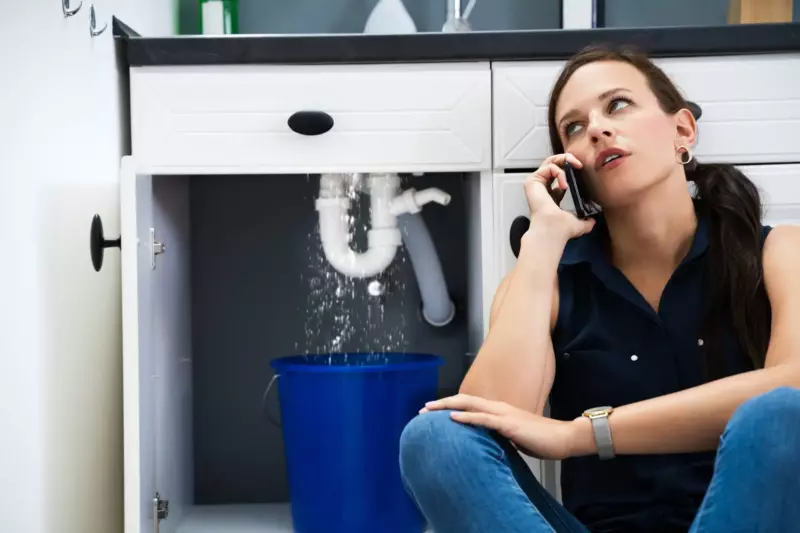
💧 Common P Trap Problems
A few common problems might arise over time, and we have listed them below.
🔧 Clogs
Because of the way the p trap is designed, it’s easy for foreign objects to get stuck in the bend and create a blockage.
This is more than likely when items that should not go down a drain get put down a drain.
These include paper towels, small wrappers, wet wipes, large quantities of hair and the like.
Clogs can also occur naturally over time as soap scum, dead skin, and sediment build-up in pipes.
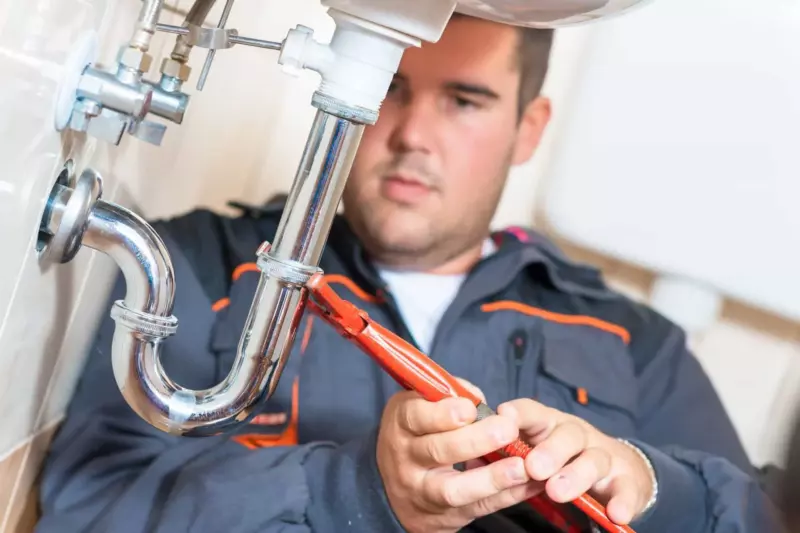
🔧 P Trap Overload
P traps connected to more than one water appliance can become overloaded.
If you are trying to force more water down a drain than it’s designed to handle, you will overload it.
🔧 Dry P Trap
If a p trap is connected to a plumbing fixture that is not used very often, the p trap can become dry.
The water in the p trap is susceptible to evaporation.
Your p trap can become dry from other problems like leaks or clog absorbing the water.
Once this water barrier is gone, your bathroom will smell like sewage.
This is a simple problem to fix.
Turn on a tap and run it for a minute to fill up the p trap again.
If you have plumbing fixtures like toilets in your home that aren’t used very often, make sure you check them at least once a month.
If you are having problems more frequently, check for leaks.
💧 Cleaning P Traps
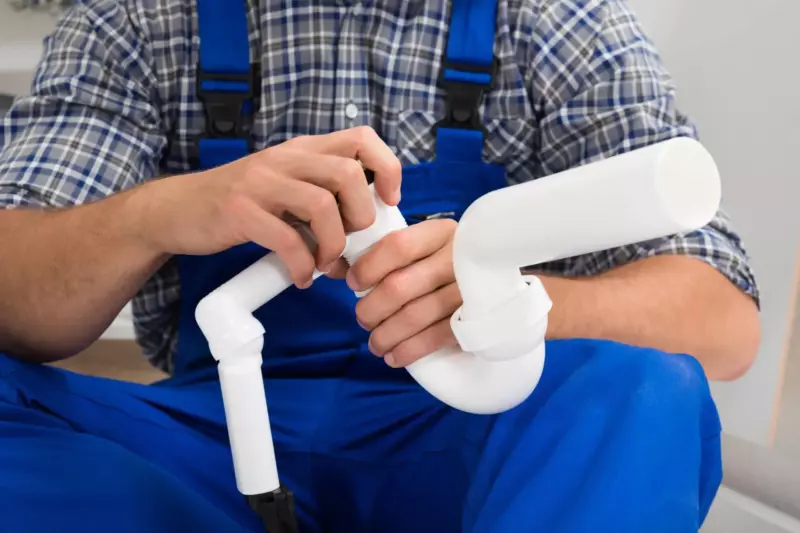
If your bathroom sink drains slowly, you likely have a clogged drain.
I won’t explain this in too much detail as we have a great article on dealing with slow-draining sinks.
Related Reading: How to Fix a Slow Draining Sink
Chemical cleaners and plumbing snakes are excellent for clearing clogs without dismantling half of your bathroom.
But if that doesn’t clear it, you might have to remove your p trap and clean it.
P traps are easy to remove and should be thoroughly cleaned out to ensure good water flow.
Use this cleaning opportunity to check all the washers and seals are soft and supple so they can do their job properly.
Be careful to ensure a good water seal when reinstalling your p trap.
Once installed, run your faucet, shower or toilet to check for leaks.
✅ Prefer to Watch a Video?
Check out this video on How to Fix a Slow Draining Sink?
💧 Final Thoughts on P Traps
When you notice drainage issues on any sink or drain in your home, the first thing you should check is the p trap.
Most drain line clogs start with the p trap.
If you feel uncomfortable dealing with any type of plumbing problem, it’s best to call a local plumber to help.

If you live in the Central or North Okanagan region and are looking for an expert plumber, look no further than Phyxter home Services.
Want to learn more about your home’s plumbing system? Feel free to check out our other plumbing articles.
Related Reading: DIY Guide to 15 Common Plumbing Problems & Solutions

